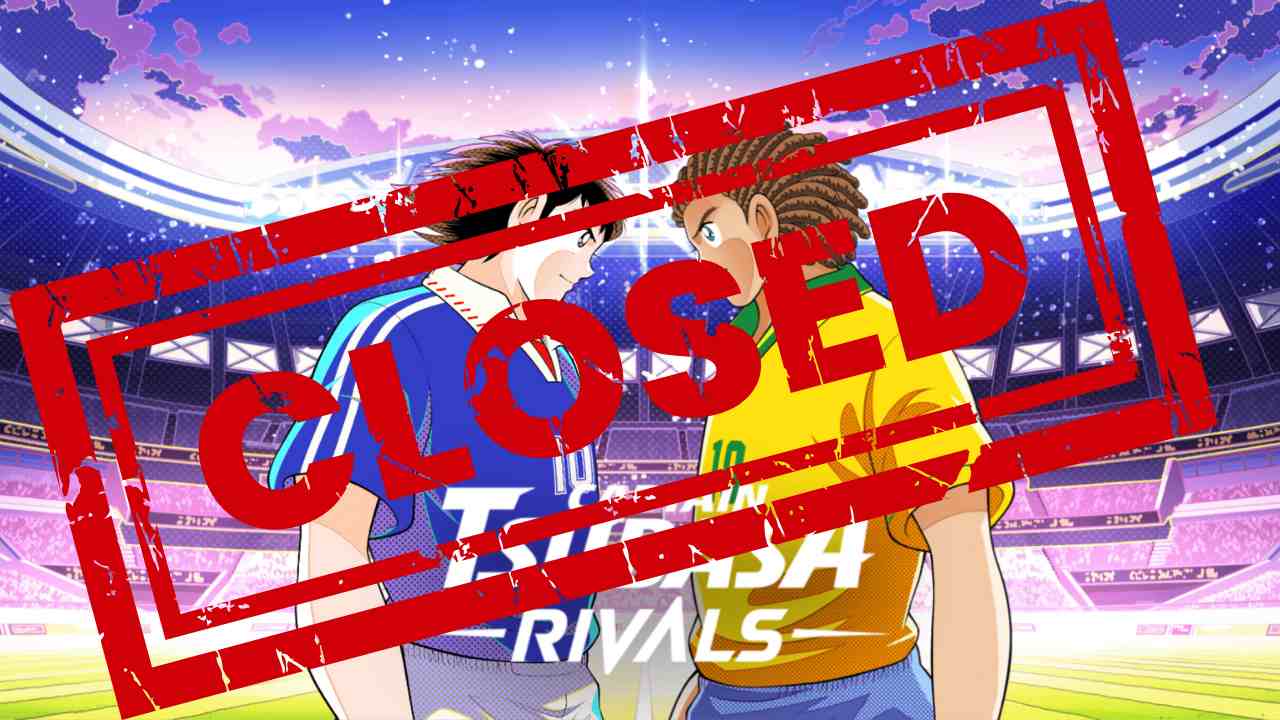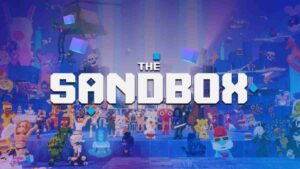Captain Tsubasa Rivals, the web3 trading-card game based on the beloved soccer manga, is winding down its operations on Polygon and Oasys. The shutdown is scheduled for November 28, 2025 at 06:00 UTC, though a lightweight Mini App version will continue running via Telegram and LINE.
This move isn’t entirely surprising in the Web3 gaming space, where sustaining token economies and ongoing user engagement is notoriously difficult. Still, it’s a notable example of how even IP-backed blockchain titles aren’t immune to these pressures.
What’s Going Away And When
The closure won’t be a single flash cut. Starting October 26, key functions will go offline deposits, GEM purchases, PvP modes, and the marketplace will all stop working. Later on November 7, special match features will be disabled. Finally, the whole app and website will shut down on November 28.
If you hold in-game tokens like TSUGT, TSUBASAUT, POL, or OAS, the window to withdraw them ends when services go dark. After that, they’re essentially lost. NFTs tied to the game will also become inaccessible.
Why This Happened
According to the devs, the core issue was the sustainability of the game’s ecosystem. After nearly three years of running, it became increasingly difficult to maintain the balance between expenditures server costs, updates, rewards and player-driven revenue.
This is not a unique story in blockchain gaming. A lot of projects struggle with scaling their economy, retaining users, and keeping costs in check. Captain Tsubasa Rivals tried leveraging a known franchise to draw interest, but even that isn’t always enough.
What’s Staying Alive: The Mini App
Despite the shutdown, the Mini App version on Telegram and LINE will continue. In that format, gameplay is lighter: train cards, boost team power, and track seasonal rewards tied to a $JOHN token ecosystem. The team has hinted that Season 3 is already in the works.
It’s a smaller scope, but it may allow the IP to survive in web3 without the full overhead of running a full-blown blockchain game.
How Rivals Worked (And What Made It Unique)
At its core, the game was a turn-based deckbuilder. You gathered and upgraded player cards, then battled in short, strategic PvE or PvP matches. Special signature moves from the Captain Tsubasa universe were integrated to give matches some flair.
Crypto elements included utility tokens (e.g. TSUBASAUT) and a marketplace system. But those same systems introduced fragility once user volume or revenue faltered, the model became harder to maintain.
What This Means for Blockchain Gaming
This shutdown is a reminder: even IP-backed titles in Web3 aren’t immune to the typical pitfalls especially in managing token economies and sustaining long-term engagement. It also shows that fallback or hybrid models (like Mini Apps) might be a route some projects take to survive.
Games with lighter infrastructure, smaller economies, or lower operational demands might weather the storm better. For others, this is yet another cautionary tale about overextension in crypto gaming.
Web3 Analyst & Play Blockchain Games Guide
CryptoKit breaks down Web3 gaming like it’s second nature. From tokenomics to airdrop strategies, she turns blockchain chaos into clear, actionable advice for players who want to win more than XP.




